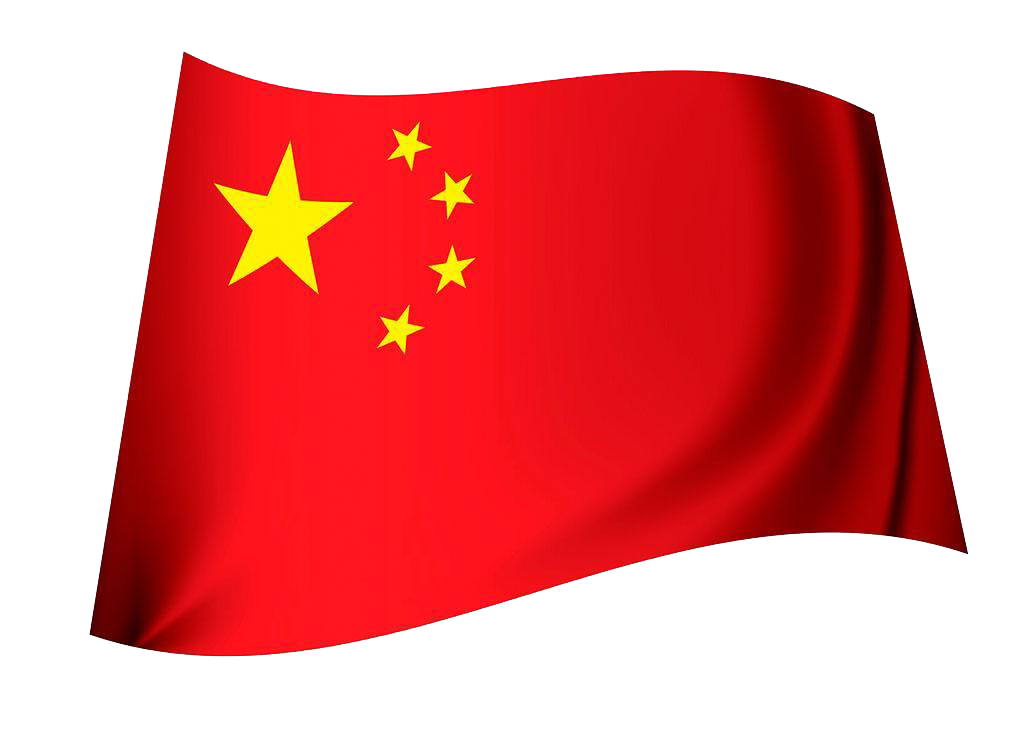Fashion Designing Institute in Faridabad
by:SUMWIC Machinery
2020-06-15
Garment making is one of the several basic content of fashion designing. Process the manufacturing, material and design innovations that in order to developed and used. Additionally, it include additional processes like fabric relaxing, cutting and sewing and processes like embroidery, screen printing and laundering are the some other optional processes in the garment assembly.
In most cases, the garment manufacturing process starts with a design team. A design team is a gaggle of artists and fashion gurus. They receive advice from stylists or designer and apparel industry analysts on new trends are coming and what kinds of clothing features consumers are searching for.
Once the design team has come up with detailed sketches of new clothes, in-house stylists mock up samples, usually regarding your an inexpensive fabric. Result in a more complete sense of finished product looks, the piece fits, Colors, fabric patterns, and fabric excellence.
Pattern making is important subject in garment generation. Pattern making is an extensive subject which covers principles of constructions and techniques in a wider real sense. Pattern making is a science perhaps the same time it is also an art. Fashion always changes, but the principle of garment cutting remains same. By utilizing these principles, hundreds of recent styles and fashions can be created in accordance with the changing trends in fashion accessory.
A pattern maker or a pattern cutter drafts the shapes and size for this garment's furniture units. This may be done manually with paper and manufacturing tools or by using CAD software applications program. Another way is to drape fabric directly onto a dress form.
Grading refers back to the process creating sizes, which smaller or larger rather than a basic fit. In general, size 12 is used as a fundamental size for prime street women wear and size 10 is for designer wear for the models to be modelled on a catwalk.
The considerable qualities certain designer must consider when making a design are: - weight, thickness, drape, stretch and shear. After pattern making other processes like cutting, stitching, finishing are executed for making garment.
Marker planning is conceptualizing, intuitive, as well as creative process, in contrast to comprising a jigsaw puzzle, which an analytical, step-by step and closed process. The majority pieces are irregular and typically tend to be carrot-shaped, one skill lies in discovering those edges which fit together most neatly, and placing side by side following the marker those pieces which fill the width most nearly. The planner should try a number of pattern placements, selecting one that gives the shortest gun. The work of the marker planer is be more responsive to number of constraints. These relate to:
The nature of fabric and the specified result the actual world finished garment;The requirements of quality in cutting;The requirements of production planning.
Cutting is the process which built the pattern pieces from specified fabric for making garments. The stage in manufacturing of garments is cutting of materials into the necessary pattern shapes. Tend to be some joined together by means of seams produce 3-d garments. There are three processes involved are :
The planning, and if appropriate, your chance and reproduction of the marker.The spreading of the fabric to form a lay,The cutting of fabric.
The dominant process in garment assembly is sewing, still approaches of achieving both strength and flexibility in seam itself as well as flexibility of manufacturing manner. Much of application of clothing manufacturing technology in concerned a concern . achievement of satisfactorily sewn seams. Good appearance in seam normally means smooth fabric joins with no missed or uneven stitches and no damage into the material being sewn. Performance of seams means the achievement of strength, elasticity durability, security and comfort, and the constant maintenance of any specialized fabric properties for example waterproofing or flame prevention. Seams must be as strong just as the fabric, in directions both parallel to and right angles for the seam. They should also stretch and recover with the fabric. Five factors which ought to keep goal during manufacturing a garment is:
The seam type which is a particular configuration of fabric;The stitch type which is often a particular configuration of thread in the fabric;The machine feeding mechanism which moves the fabric past the needle and enables succession of stitches to be formed;The needle which inserts the thread into fabric;The thread which forms the stitch which either sports ths fabric together neatens it or decorates it.
Finishing is the addition of special detailing such as pleats, embroidery and screen printing to some garment. Including hand stitchingand its automated substitutes. It can possibly include adding buttons, hooks, eyes, or trims, also a clipping loose threads.
Apparel Finishing or Garment Finishing Process involves in :
Cutting Of additional Threads
Washing
Ironing
Initial Quality Checking
Finishing
Spotting
Mending
Alteration Of Sequins/ Embroidery Or Any Accessories
Final Checking
Ironing
Custom message














